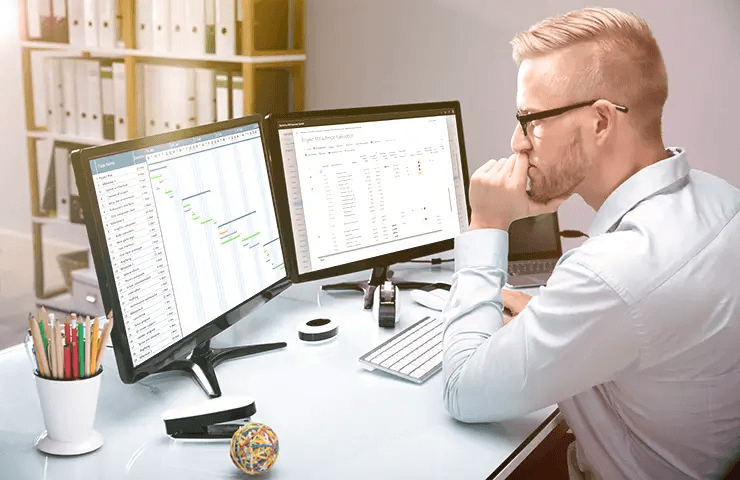
Around the world, plastic packaging is getting a lot of strong criticism these days. Much of the media is eager to report on the negative impact plastic can have on the environment, but we’re not often told about its benefits. There are countless campaigns launched by everyone from sporting event organizers to business groups and, of course, legislators, warning us of the dangers of plastic packaging and trying to reduce its use.
And it’s true that plastic packaging that is released into the environment freely and on a large scale poses a hazard. A large portion of the Great Pacific garbage patch is comprised of old plastic packaging. It’s not hard to see the danger this poses to fauna and flora.
Plastic is also beneficial
The truth is, plastic packaging also has positive aspects, but the positives are not discussed nearly as often as the negatives. Plastic packaging protects food, extends its shelf life and keeps it fresh longer. That means that less food is wasted and less needs to be produced. Plastic is also used to protect things like technical equipment or even cars and secure them during transport.
Alternative packaging materials include glass, metal or paper. But oftentimes, these materials have serious disadvantages as compared to plastic. They can be heavier, less protective and more expensive. For example, glass takes a lot of energy to produce, and its weight and bulk make it less than ideal for transport. As for bioplastics, they have to be cultivated, putting a strain on the environment through water consumption and pollution from fertilizers. Composite materials are real alternatives and are already in use in many sectors.
Taking responsibility
The garbage patch in the Pacific and the plastic litter found on practically every beach were put there by people. Trash and old plastic packaging are simply thrown out, ending up in the rivers and getting washed out to sea. Some places are more polluted than others. The trash that makes up the Pacific garbage patch is picked up by ocean currents from every direction and swirled together. Something needs to be done. Prevention is one option. Recycling is another.
The waste hierarchy
A functional recycling system allows us to reuse plastic packaging in a number of ways. In Austria and Germany, plastic packaging is no longer buried but valued as a resource.
Through effective recycling, we obtain materials for new products. In Germany, for example, 50% of all plastic packaging gets recycled. When this isn’t an option, plastic packaging can also be thermally recycled and used instead of oil in order to generate power. After all, that’s what plastic packaging is made of – oil.
This is why, when we examine plastic packaging and its effects on the environment, it’s important to consider how it is used. Disposal should always follow the waste hierarchy:
- Prevention
- Reuse
- Recycling
- Recovery and
- Disposal
ERP systems for the recycling industry and waste management
Our ERP industry solution, cc|environmental services, handles plastic recycling processes. But it also helps with the recovery and environmentally friendly disposal of plastics.
Keywords
More similar blogposts:
Found what you were looking for?
Start your intelligent search now



